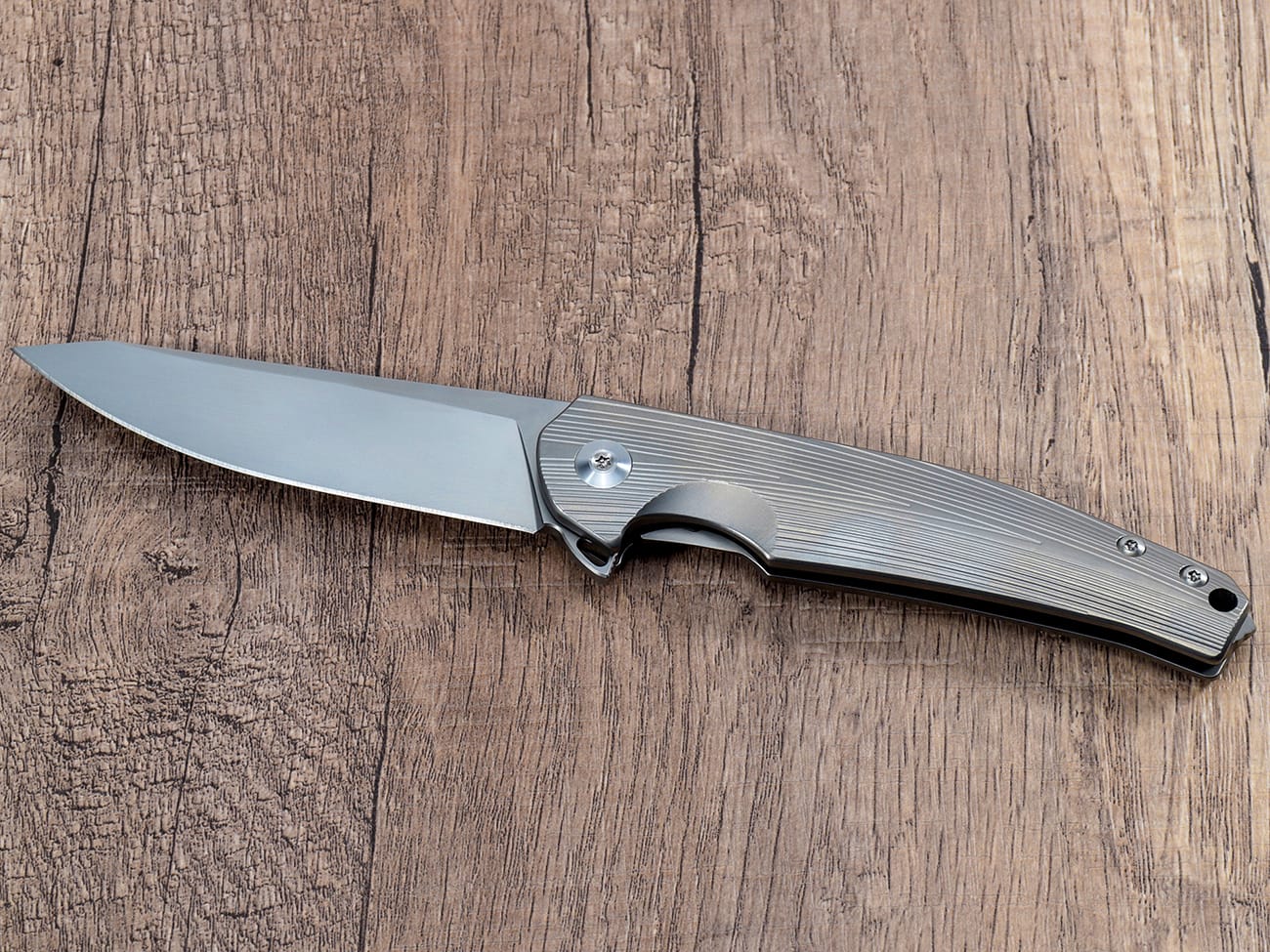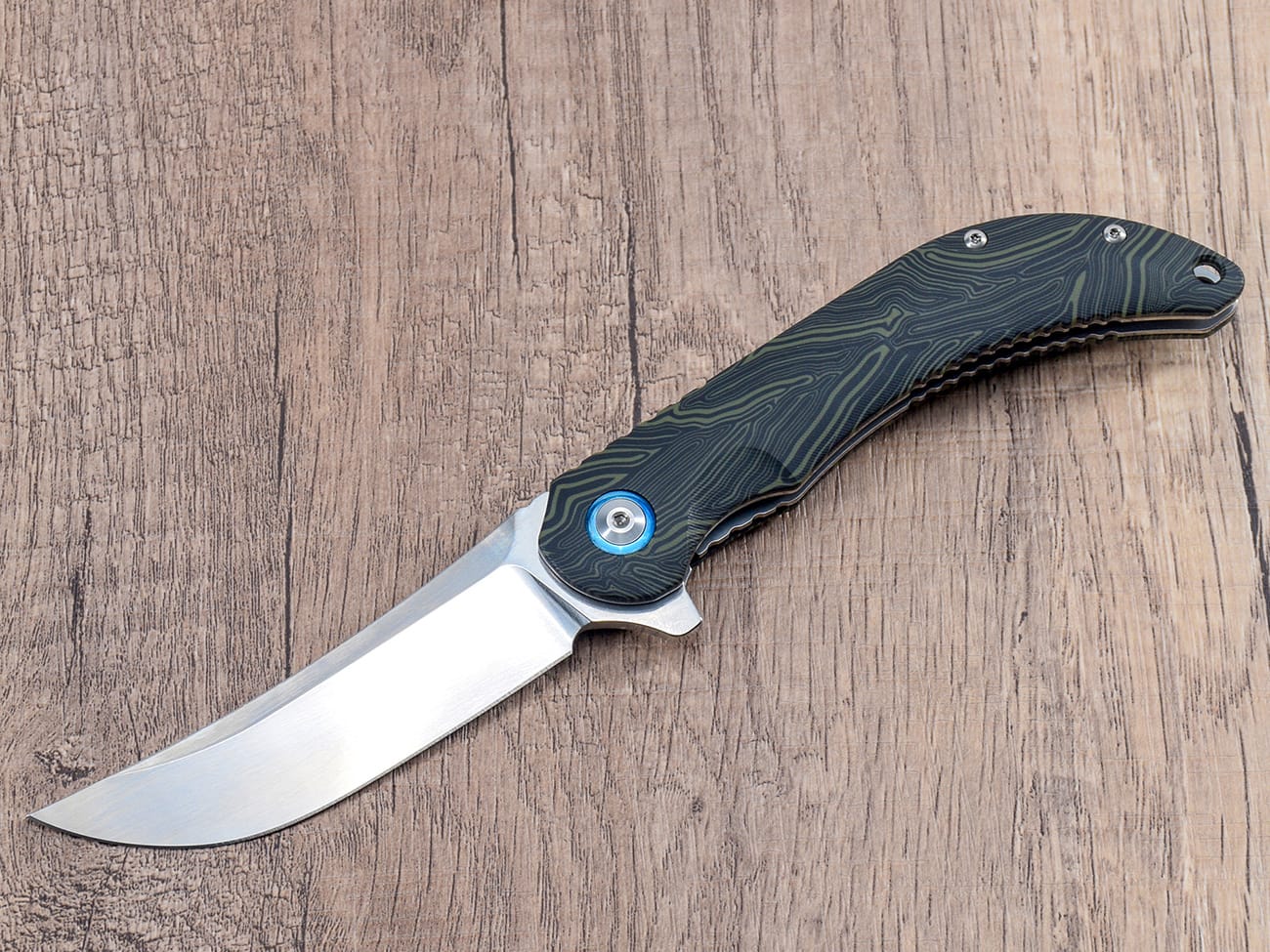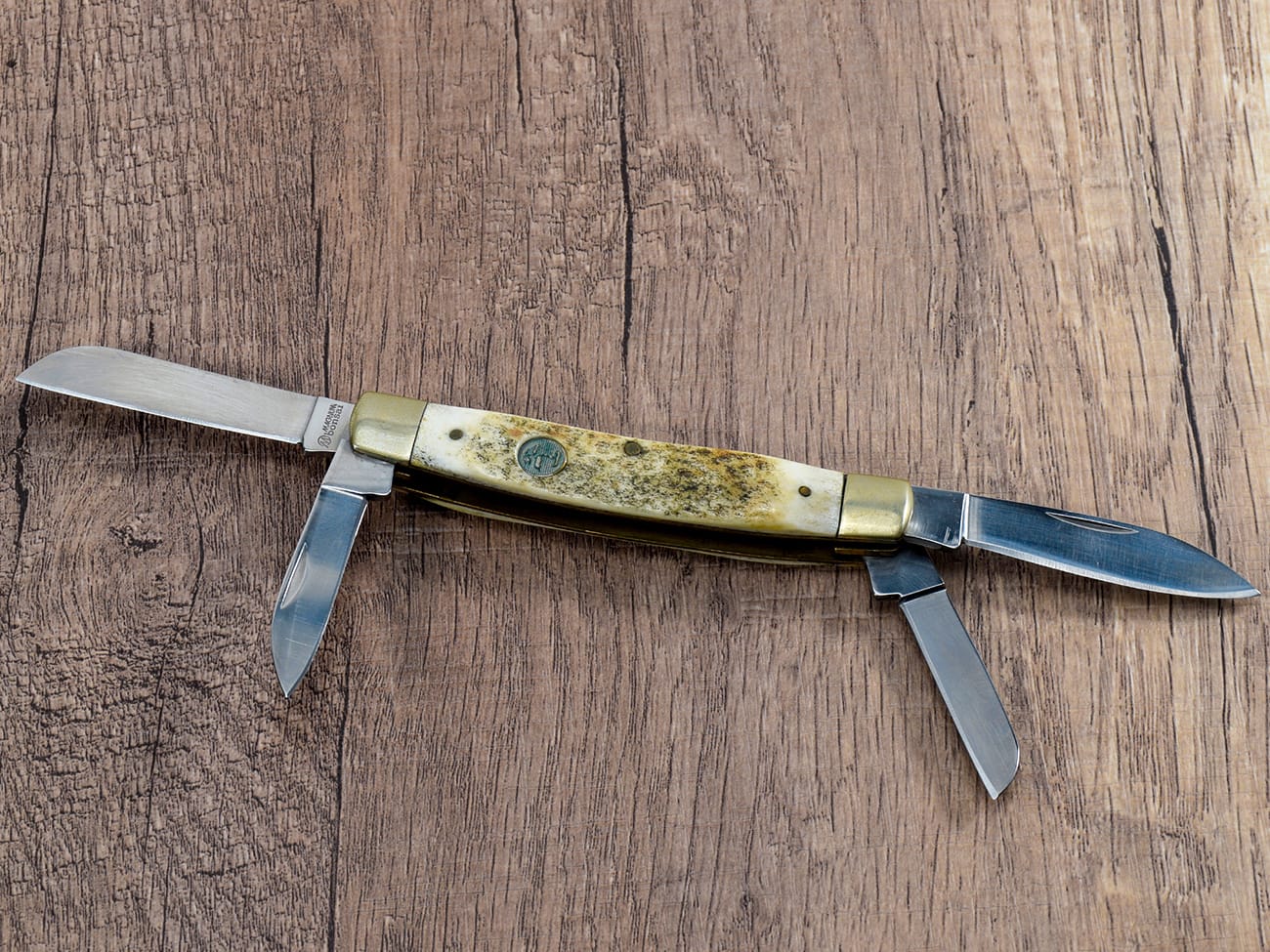Are you puzzled about choosing between Sandvik 14C28N and D2 steel for your next knife purchase? This comprehensive guide breaks down everything you need to know about these popular knife steels, their properties, and how they stack up against each other. Whether you’re a seasoned knife enthusiast or just starting your collection, understanding these materials will help you make an informed decision.
What Makes Sandvik 14C28N Steel Special?
Sandvik 14C28N is a high-performance stainless steel specifically designed for knife blades. This Swedish steel exhibits excellent corrosion resistance and edge retention while remaining relatively easy to sharpen. Custom pocket knives often feature this steel due to its balanced properties.The steel contains a carefully optimized mix of carbon and chromium, making it particularly well-suited for knife making. It offers:
- Superior hardness (58-60 HRC)
- Excellent corrosion resistance
- Good edge retention
- Enhanced toughness
Understanding D2 Steel: The Workhorse of Tool Steels
D2 is a semi-stainless tool steel known for its impressive wear resistance and edge retention. Fixed blade knives commonly use this steel due to its durability and strength. This high-carbon, high-chromium steel offers:
- Exceptional edge retention
- High wear resistance
- Good hardness (60-62 HRC)
- Moderate corrosion resistance

How Do They Compare in Edge Retention?
Edge retention is a critical factor for knife performance. Here’s how these steels compare:
| Property | Sandvik 14C28N | D2 Steel |
|---|---|---|
| Edge Retention | Good | Excellent |
| Ease of Sharpening | Easier | More Difficult |
| Corrosion Resistance | Excellent | Moderate |
Which Steel Offers Better Corrosion Resistance?
When it comes to corrosion resistance, Sandvik 14C28N clearly outperforms D2. Stainless steel blades like 14C28N offer superior protection against rust and corrosion, making them ideal for:
- Everyday carry
- Humid environments
- Marine applications
- Food preparation
Price Comparison: Is the Cost Difference Justified?
Understanding the cost implications helps make an informed decision:
- Sandvik 14C28N:
- Mid-range pricing
- Good value for money
- Lower maintenance costs
- D2 Steel:
- Generally less expensive
- Higher maintenance requirements
- Excellent durability for the price
What Are the Maintenance Requirements?
Both steels require different levels of maintenance:
Sandvik 14C28N Maintenance:
- Regular stropping
- Occasional sharpening
- Basic cleaning
- Minimal rust prevention
D2 Steel Maintenance:
- More frequent oiling
- Regular rust prevention
- More challenging to sharpen
- Careful storage requirements
Which Steel Is Better for Different Applications?
The choice between these steels often depends on intended use:For EDC (Everyday Carry):
- Sandvik 14C28N excels due to corrosion resistance
- Lower maintenance requirements
- Better all-around performance
For Heavy-Duty Use:
- D2 offers superior wear resistance
- Better edge retention
- More suitable for tough cutting tasks
What Do Professional Knife Makers Say?
Professional knife makers often praise both steels for different reasons:
“14C28N is generally easier to work with and offers excellent all-around performance” – Expert Knife Maker
“D2 remains a favorite for its exceptional edge retention and wear resistance” – Industry Professional
Making the Final Decision: Which Steel Should You Choose?
Consider these factors when making your choice:
- Environment of use
- Maintenance willingness
- Budget constraints
- Intended applications
- Sharpening skills
Key Points to Remember:
- Sandvik 14C28N offers better corrosion resistance
- D2 provides superior edge retention
- 14C28N is easier to sharpen
- D2 requires more maintenance
- Both are excellent choices for quality knives
Summary
- Sandvik 14C28N is ideal for:
- Everyday carry
- Low maintenance preference
- Humid environments
- Regular use
- D2 Steel is perfect for:
- Heavy-duty tasks
- Maximum edge retention
- Cost-effective performance
- Experienced users
Remember, both steels are excellent choices, and the best option depends on your specific needs and preferences. Consider your usage patterns, maintenance habits, and environmental conditions when making your decision.Internal Link: Explore our knife handle materials




